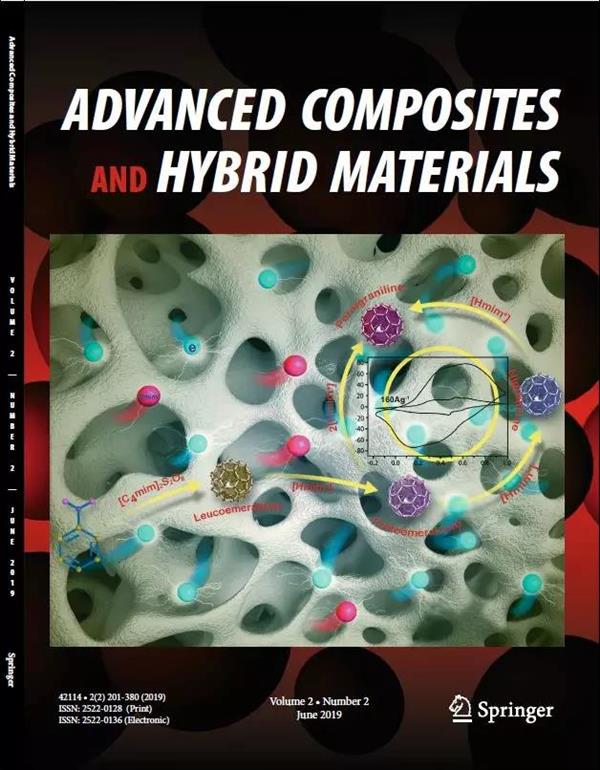Defect-engineered C,N-ZnO/Co3O4/CoFe2O4/Fe3O4 for ultra-fast tetracycline degradation and environmental impact assessment using an in silico mathematical model
Abstract
A significant breakthrough has been achieved in the ultra-fast degradation of toxic contaminants in wastewater. Novel C, N co-doped ZnO/Co3O4/CoFe2O4/Fe3O4 quaternary oxide was engineered using a tri-metallic zeolitic imidazolate framework (Zn/Co/Fe-ZIF). The synthesized material degraded 85% tetracycline (TC) within just 15 s of visible light illumination (and achieved a total degradation of 90.9% in 6 min). The catalyst's remarkable performance was ascribed to the synergistic effect of dual S-scheme heterojunctions at the oxide's interface and the light-independent activation of H2O2 by the multivalent cationic sites (Co3+/Co2+ and Fe3+/Fe2+) on the catalyst. These two mechanisms not only reduced the TC degradation time to just a few seconds, but also unlocked the degradation potential of the catalyst in the absence of light (70% TC degradation was achieved under ambient dark conditions). XPS studies showed that the ZIF-mediated synthesis introduced double or triple oxygen vacancy sites and N substitutional defects, which enhanced the catalyst’s efficiency by increasing the production of reactive oxygen species on its surface. VB-XPS and UPS analysis were performed to correctly elucidate the charge transfer mechanism in the heterostructure. The results of EPR and LC–MS studies established that the synthesized heterostructure is capable of generating abundant reactive oxygen species which are responsible for the fragmentation of TC molecules within a short period of time. Furthermore, the toxicity profile of the generated degradation products was also assessed via an in silico approach. Interestingly, despite such a short degradation timeframe, the generated degradation products had lower toxicity than TC.

 求助内容:
求助内容: 应助结果提醒方式:
应助结果提醒方式:


